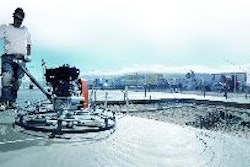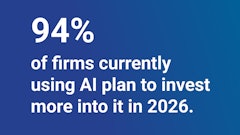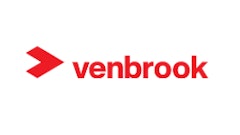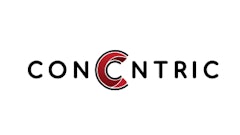
In 1960, Harvard Business Guru, Michael Porter suggested that businesses should pursue policies that create high-quality goods to sell at high prices in the market. Porter believed that was the way to have an advantage over your competition. Porter was right to the extent that understanding and articulating your competitive advantage is critical to your survival. However, in 1960 Porter couldn't foresee the degree of market forces or the storm of competition we see in the market place today. Companies today need to look at different alternatives when establishing their competitive advantage because constantly changing market forces create the necessity for viable options to change course.
A competitive advantage is why you are successful in business and should be mirrored in your company vision. Keep in mind that what you do best is what draws customers to buy your product or service rather than your competitor's. Many companies confuse a competitive advantage with simply being different and don't really take advantage of it. For example, many companies:
- Have a competitive advantage but don't know what it is.
- Know what their competitive advantage is but don't tell clients about it.
- Don't have a competitive advantage but think they do.
- Mistake their strengths for competitive advantages.
- Don't properly focus on their competitive advantages when making strategic and/or operational decisions.
Competitive advantage occurs when an organization acquires or develops an attribute or combination of attributes that allows it to outperform its competitors. This happens when a company implements a value that creates a strategy not being implemented by any other competitor. Successfully implemented strategies will lift a firm to superior performance because the firm strives to manipulate various resources over which it has direct control and these resources have the ability to generate superior competitiveness.
Superior performance means superiority in every area of the business which enables an organization to stay ahead of present or potential competition and ensure market leadership. If superior performance is the ultimate desired goal of a firm, competitive advantage becomes the foundation highlighting the significant importance.
Competitive advantage comes from what your people do (performance), not from what they know. To build and gain a competitive advantage your firm needs to:
- Recognize and take advantage of market opportunities.
- Define products and/or services that create value for customers.
- Attract, retain and improve the best available resources for providing products and services.
- Manage uncertainties in creating and capturing product and service opportunities.
- Sharing the resulting benefits with your employees and suppliers.
Creating a competitive advantage takes solid strategic planning. Begin with defining and analyzing your target market and identifying what you are selling and to whom. Develop a list of those companies trying to do the same as your firm and analyze them thoroughly. What are their strengths and weaknesses, strategies and goals? How do they draw in customers? What, if anything, makes them stand out from the pack? Also, look to the future and forecast where the trends and changes in your industry will come from and what your company can do to stay ahead of these market forces. If you don't have this vital information, get it quickly. Once you have your competitive information answer the following questions:
- What is their customer base?
- Can they keep up with supply and demand?
- Are they in good shape financially?
- Are they expanding?
- How determined are they to conquer the market?
- Do they have the resources to eventually become number one in the market?
The next step is to analyze your company's position in the market. The following questions are designed to help you determine whether your company has a competitive edge:
- What does your company do successfully that your competitors don't or can't do?
- What is my company vision?
- Does my vision fit my target market?
- What is my company's strategy and plan for success?
- Do I take advantage of my competitors' weaknesses?
- What have I learned from my competitors' mistakes?
- What have I learned from my competitors' strengths?
- What competitive opportunities exist right now that I can take advantage of?
- Does my company possess a uniqueness that easily separates it from my competitors?
- Would I pay money to do business with my company because of this uniqueness?
- How do my prices compare with the rest of my industry?
- Do I have a loyal customer base? Why are they loyal? Have I validated this competitive advantage through customer feedback and surveys?
- Am I sensitive to my customers' needs and requests?
- Do I have the capabilities and resources to compete in the market five to ten years from now?
A company's competitive advantage largely determines its ability to generate excess returns on capital. In the end, it is a company's competitive advantage that allows it to earn excess returns for its shareholders. Without a competitive advantage, a corporation has limited economic reason to exist--its competitive advantage gives it life. Without it, the corporation will wither away. Creating a sustainable competitive advantage may be the single most important goal of any corporation and may be the most important single attribute on which each corporation must place its focus to weather the storm of competition.
Linda Hanson, CMC, is a certified management consultant and author of 10 Steps to Marketing Success. She writes, speaks and consults on marketing, management and customer service issues and can be contacted at www.llhenterprises.com. Sign up for her free newsletter The Superior Performance Report.



















